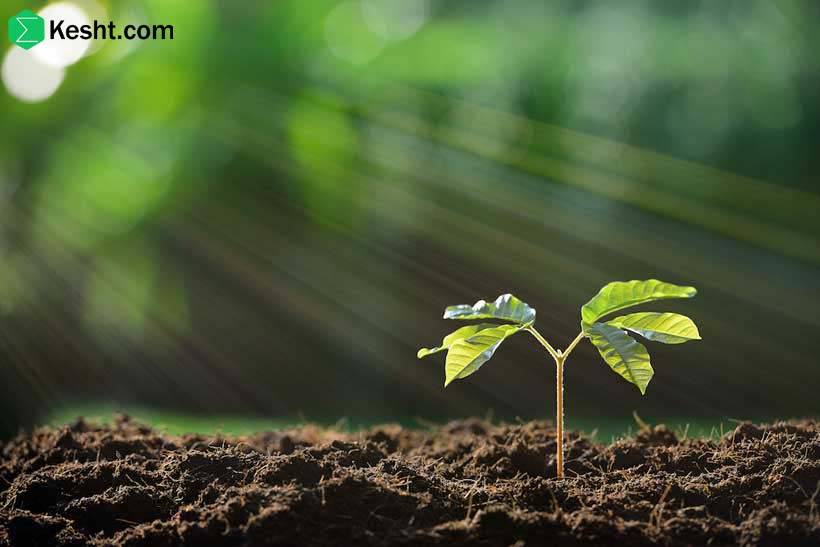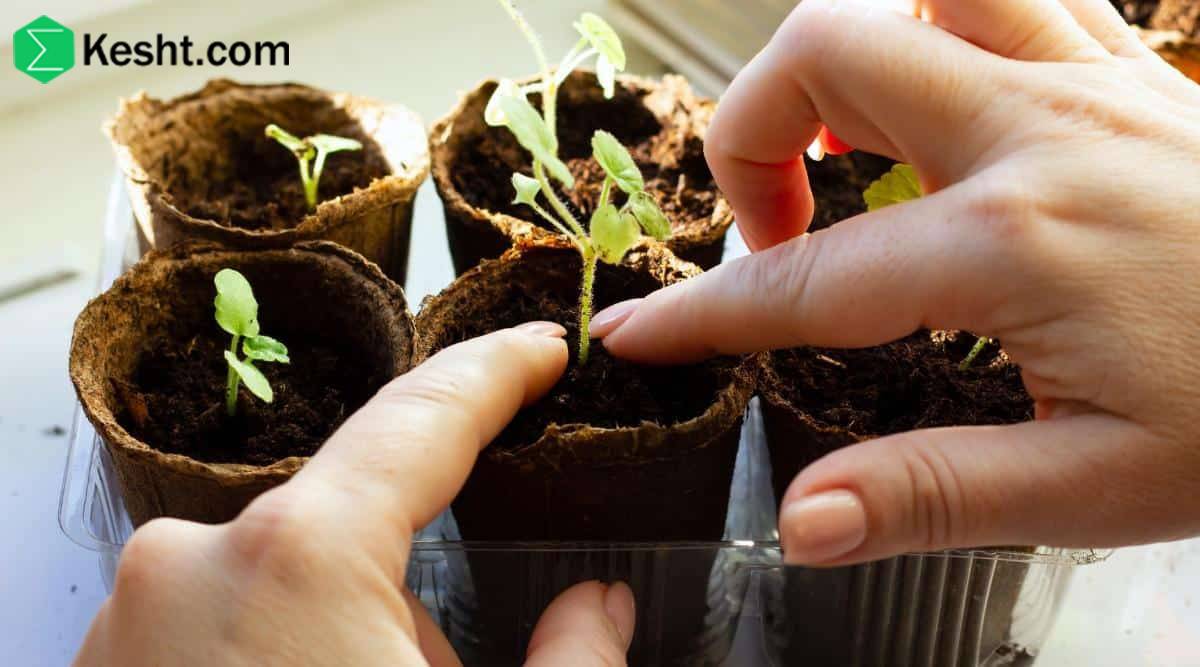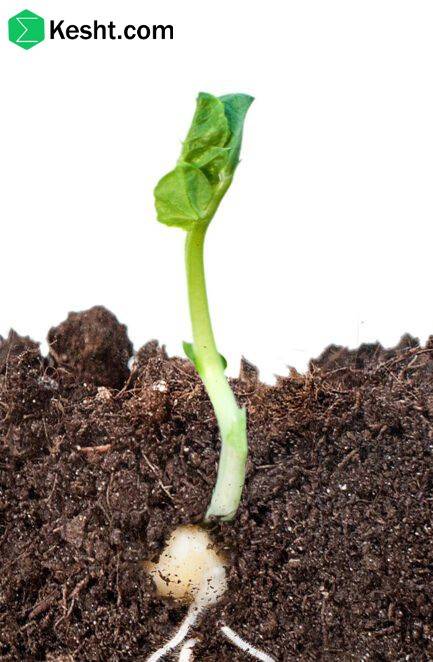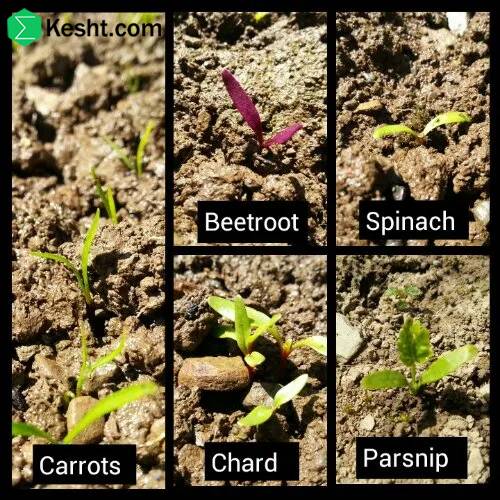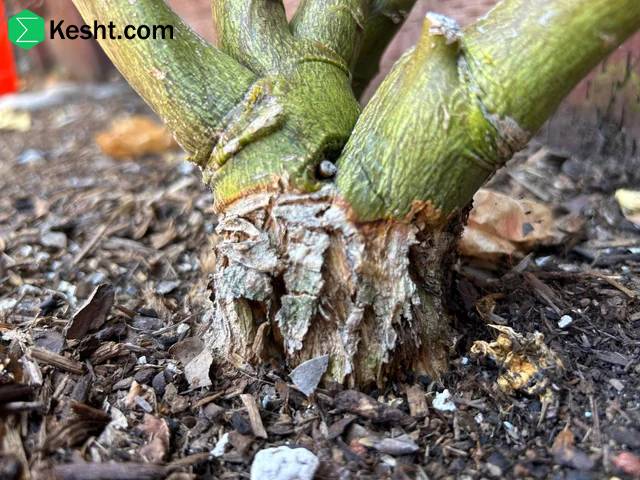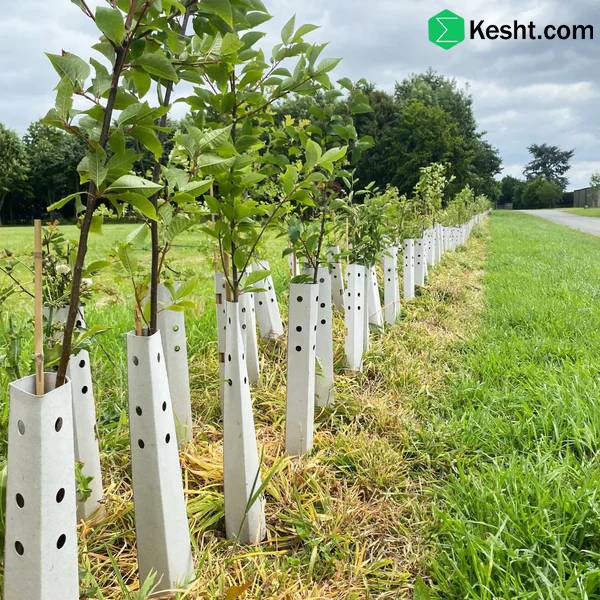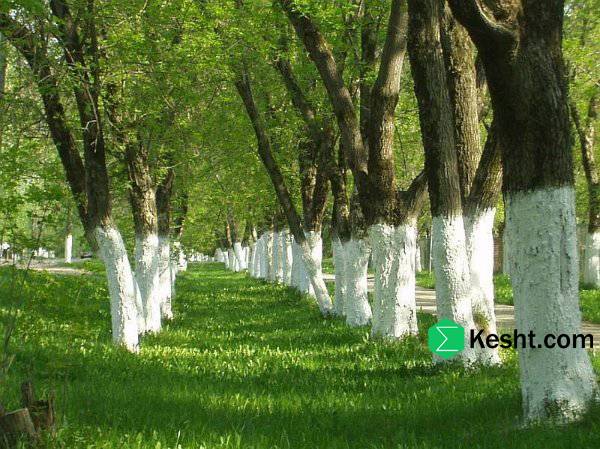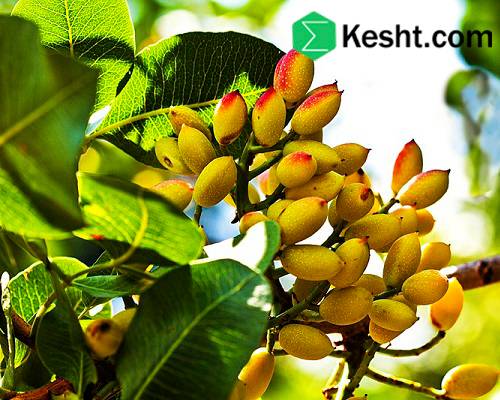What Types of Certifications and Standards Are Required for Exporting Seedlings?
For the export of seedlings, various certifications and standards exist, which may vary depending on the destination country and type of seedling. Below are some of these certifications and standards:
1. Phytosanitary Certificate
Description: Confirms that the seedlings are free from pests and diseases.
Importance: This certificate is usually issued by the relevant government organizations and is mandatory for entry into European countries and other markets.
2. Certificate of Origin
Description:
Indicates the source of the seedlings and the producing country
. Importance: This certificate helps buyers ensure the quality and credibility of the supplier.
3. Quality Certificate
Description: Confirms that the seedlings meet specific quality standards.
Importance: This certificate may include criteria such as size, health, and physiological characteristics.
4. International Standards
Description: Standards such as ISO (International Organization for Standardization) and OHSAS (Occupational Health and Safety Assessment Series).
Importance: Compliance with these standards can enhance product credibility and facilitate access to foreign markets.
5. Customs Documentation
Description: Includes documents required for customs clearance, such as invoices and bills of lading.
Importance: These documents are essential for ensuring the payment of duties and taxes.
6. Labeling
Description: Seedlings must be labeled to include information about the type of seedling, country of origin, and health information.
Importance: These labels help buyers have accurate information about the products.
Compliance with these certifications and standards is essential for the successful export of seedlings to various countries.
Compliance with these certifications and standards is essential for the success of exporting seedlings to various countries. Consulting with experts and familiarizing yourself with the specific requirements of each country can help facilitate this process.
Information About Approximate Prices of Seedlings in the Global Market?
The price of seedlings in the global market depends on various factors and can generally vary widely. Below are some items and approximate prices:
Type of Seedling
Fruit Seedlings (such as apple, pear, and walnut):
Prices typically range from $2 to $15 per seedling, depending on the type, quality, and disease resistance.
Special and Rare Seedlings
Disease-resistant or improved seedlings:
The price of these seedlings can range from $10 to $30 per seedling.
Ornamental Seedlings
Ornamental plants and flowers:
Prices generally range from $5 to $20 per seedling.
Transportation Costs
International Shipping:
Shipping costs can range from $50 to $500 depending on the distance and method of transport.
Prices in Local Markets
Price Variability:
Prices may vary in different countries and depend on factors such as demand, supply, and production costs.
To determine the exact prices of seedlings, it is best to contact local suppliers and check prices according to the type and quality of the seedlings.
How Can Export Standards for Seedlings to the U.S. Be Found?
To find the export standards for seedlings to the U.S., you can use the following resources:
United States Department of Agriculture (USDA)
The USDA website includes comprehensive information on health requirements and export standards for plants and seedlings. This organization issues phytosanitary certificates.
Animal and Plant Health Inspection Service (APHIS)
APHIS, a division of the USDA, provides more detailed information about the laws and regulations regarding the importation of plants and plant products into the U.S. Its website includes guides for exporters.
Phytosanitary Certificate
For exporting seedlings to the U.S., a phytosanitary certificate is required. This certificate confirms that the seedlings are free from pests and diseases.
Chambers of Commerce
Local and national chambers of commerce can provide useful information about export requirements to the U.S., as well as assistance in connecting with customers and suppliers.
Online Resources and Government Websites
The government websites of various U.S. states and related organizations often have information about export and import requirements for agricultural products.
Consulting Experts
Consulting with experts in agriculture and export can help you gain a clearer understanding of the necessary requirements and standards.
By utilizing these resources, you can obtain the necessary information for exporting seedlings to the U.S.
What Is the Cost of Exporting Walnut Seedlings from Iran to Iraq?
The cost of exporting walnut seedlings from Iran to Iraq can be influenced by various factors. Below are some of these factors and general cost estimates:
Factors Affecting Costs
Type and Quality of Seedlings:
Special and high-quality seedlings typically have a higher cost.
Quantity of Seedlings:
Costs depend on the number of seedlings being exported; usually, costs decrease with an increase in quantity.
Transportation Costs:
Transportation costs vary based on the chosen method (air or sea) and distance.
Packaging Costs:
Proper packaging is essential to maintain the quality of the seedlings during transport.
Customs and Clearance Costs:
There may be costs associated with clearing goods through customs in both Iran and Iraq.
Cost Estimates
Base Cost for Walnut Seedlings:
Typically ranges from 5to5 to 5to15 per seedling (depending on type and quality).
Packaging Costs:
Approximately 1to1 to 1to3 per package.
Transportation Costs:
For transport to Iraq, costs can range from 200to200 to 200to500 depending on the method and distance.
Customs and Clearance Costs:
Generally between 5 to 10 percent of the total value of the shipment.
Considering these factors, the total cost of exporting walnut seedlings from Iran to Iraq can vary and should be calculated specifically for each shipment. For more accurate information, it is advisable to contact local suppliers and export companies.
